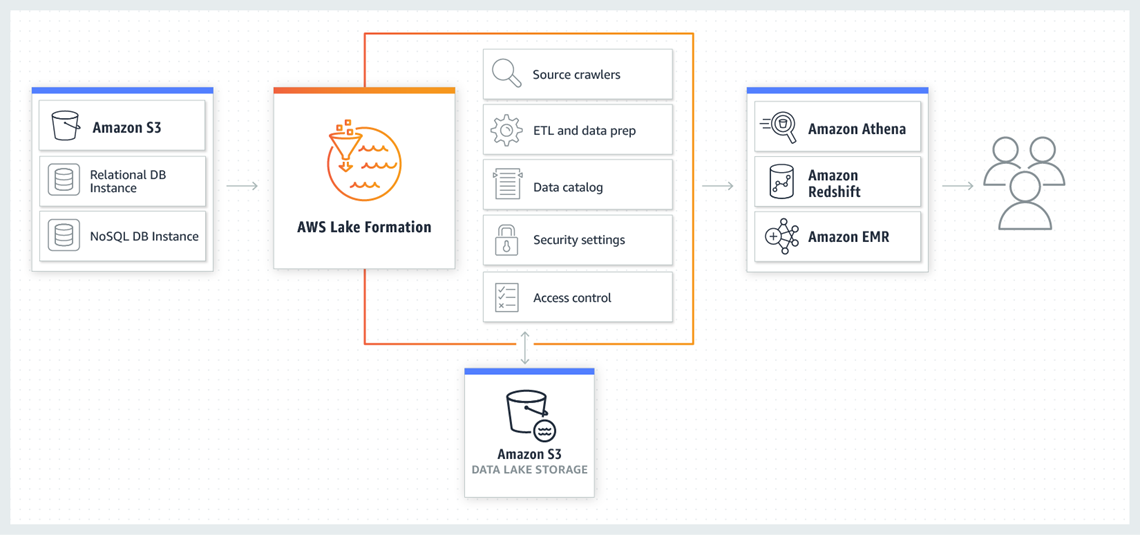Amazon Web Services
AWS Landing Zones
DSoft Technology supports our customers in their cloud journey by following the well-architected framework process. Building a well-defined landing zone as an initial foray into the platform is essential.
The AWS Landing Zone solution deploys an AWS Account Vending Machine (AVM) product for provisioning and automatically configuring new accounts. The AVM leverages AWS Single Sign-On (SSO) for managing user account access. This environment is customizable to allow customers to implement their own account baselines through a Landing Zone configuration and update pipeline.
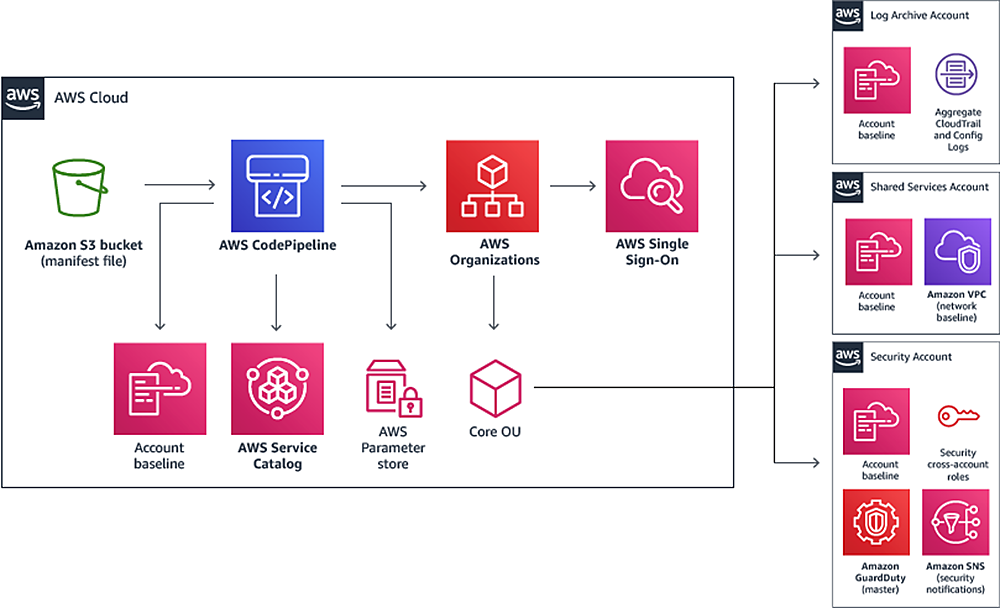
Supporting Core Cloud Computing Models
There are three main models for cloud computing. Each model represents a different part of the cloud computing stack. DSoft Technology supports our customers will supportable and agile deployments of services in each stack.
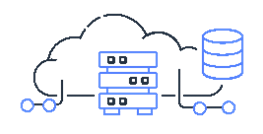
Infrastructure as a Service (IaaS)
Infrastructure as a Service, sometimes abbreviated as IaaS, contains the basic building blocks for cloud IT and typically provide access to networking features, computers (virtual or on dedicated hardware), and data storage space. Infrastructure as a Service provides you with the highest level of flexibility and management control over your IT resources and is most similar to existing IT resources that many IT departments and developers are familiar with today.

Platform as a Service (PaaS)
Platforms as a service remove the need for organizations to manage the underlying infrastructure (usually hardware and operating systems) and allow you to focus on the deployment and management of your applications. This helps you be more efficient as you don’t need to worry about resource procurement, capacity planning, software maintenance, patching, or any of the other undifferentiated heavy lifting involved in running your application.

Software as a Service (SaaS)
Software as a Service provides you with a completed product that is run and managed by the service provider. In most cases, people referring to Software as a Service are referring to end-user applications. With a SaaS offering you do not have to think about how the service is maintained or how the underlying infrastructure is managed; you only need to think about how you will use that particular piece of software. A common example of a SaaS application is web-based email where you can send and receive email without having to manage feature additions to the email product or maintaining the servers and operating systems that the email program is running on.
Cloud Computing Deployment Models
One size does not fit all when it comes to the cloud computing journey. DSoft Technology supports the cloud computing initiatives through three primary deployment models.

Cloud
A cloud-based application is fully deployed in the cloud and all parts of the application run in the cloud. Applications in the cloud have either been created in the cloud or have been migrated from an existing infrastructure to take advantage of the benefits of cloud computing. Cloud-based applications can be built on low-level infrastructure pieces or can use higher level services that provide abstraction from the management, architecting, and scaling requirements of core infrastructure.
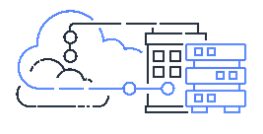
Hybrid
A hybrid deployment is a way to connect infrastructure and applications between cloud-based resources and existing resources that are not located in the cloud. The most common method of hybrid deployment is between the cloud and existing on-premises infrastructure to extend, and grow, an organization's infrastructure into the cloud while connecting cloud resources to internal system. For more information on how AWS can help you with your hybrid deployment, please visit our hybrid page.
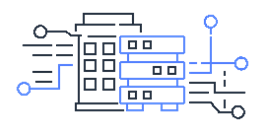
On-premises
Deploying resources on-premises, using virtualization and resource management tools, is sometimes called “private cloud”. On-premises deployment does not provide many of the benefits of cloud computing but is sometimes sought for its ability to provide dedicated resources. In most cases this deployment model is the same as legacy IT infrastructure while using application management and virtualization technologies to try and increase resource utilization.
Data Lakes for Oceans of Information
Most of our customers are overwhelmed by the amount of data on hand. Core to the DSoft Technology analysis skillset, we can combine the massive amounts of data into a single pool called a data lake to break down data silos and combine different types of analytics to gain insights and guide better business decisions.
We leverage the Lake Formation service to rapidly setup secure data lakes to provide that curated repository of data both in original form and that which is transformed for analysis.
